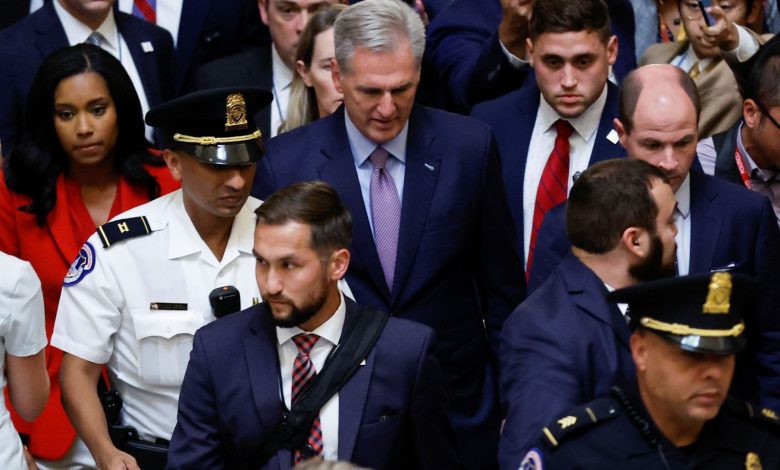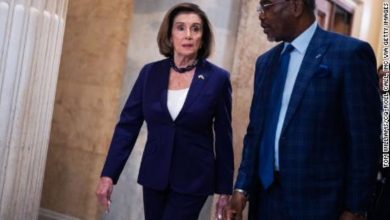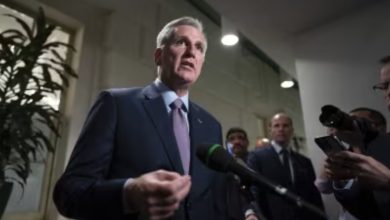The Historic Removal of Speaker McCarthy

A Turning Point in U.S. House History
In a stunning turn of events, the Speaker of the House of Representatives, Kevin McCarthy, has been removed from office. This historic moment marks the first time in U.S. history that a speaker has been ousted from their position. The proceedings, which unfolded in the House, were a testament to the political tensions and divisions within the Republican Party. In this article, we will delve into the details of this unprecedented event and its implications for the future of the House leadership
The Vote and Its Significance
On the day of the vote, the House witnessed a dramatic tally, with 216 members voting in favor of removing Speaker McCarthy and only 210 opposing it. This result, while not reaching the traditional threshold of 218 votes, was achieved due to the unique circumstances of this vote. With a total of 426 members present and voting, the majority required was a simple majority of those present, which amounted to 214 votes. The fact that McCarthy fell short of even this lower bar underscores the magnitude of his defeat.
Notably, eight House Republicans, including Congressman Matt Gaetz, played a pivotal role in joining forces with Democrats to unseat McCarthy. This bipartisan effort sent shockwaves through the political landscape and highlighted the deep divisions within the Republican Party.
The Role of Congressman Matt Gaetz
Congressman Matt Gaetz emerged as a key figure in this historic vote. Gaetz, a staunch conservative and vocal critic of McCarthy’s leadership, spearheaded the effort to remove the Speaker. His leadership in this endeavor showcased the power of intra-party dynamics and the influence of a faction within the Republican Party that had grown disillusioned with McCarthy’s decisions.
The Temporary Speaker and Next Steps
Following the removal of Speaker McCarthy, Congressman Patrick McHenry assumed the role of Speaker Pro Tem. McHenry, a Republican from North Carolina and a close ally of McCarthy, took on the temporary responsibilities of the Speaker of the House. This transition marked the official beginning of a period of uncertainty and transition within the House.
With the office of Speaker now vacant, the House faces a daunting task—electing a new Speaker. The rules dictate that the next member on a list submitted by the Speaker pursuant to House Rule 1, Clause 8(b)(3), acts as Speaker Pro Tem until a new Speaker is elected. This interim speaker has the authority to perform the duties of the office to the extent necessary and appropriate.
The Future of House Leadership
As the House enters a state of paralysis, the path forward remains uncertain. The House must eventually hold a vote to select a new Speaker, but the outcome is far from guaranteed. The deep divisions within the Republican Conference and the broader political landscape raise questions about who will be able to secure the necessary 218 votes to assume the Speakership.
The fate of Kevin McCarthy also hangs in the balance. While he has expressed his readiness to fight for his leadership, it remains unclear whether he will put himself forward as a candidate for Speaker once more. The coming days and weeks will undoubtedly be filled with political maneuvering and uncertainty as the House strives to pick up the pieces and move forward.
The removal of Speaker McCarthy marks a historic moment in the annals of the U.S. House of Representatives. It reflects the tumultuous state of American politics, characterized by internal party divisions and shifting alliances. The road ahead is fraught with challenges, and the nation watches with bated breath as the House navigates the complex process of electing a new Speaker and charting a course for its future leadership.




